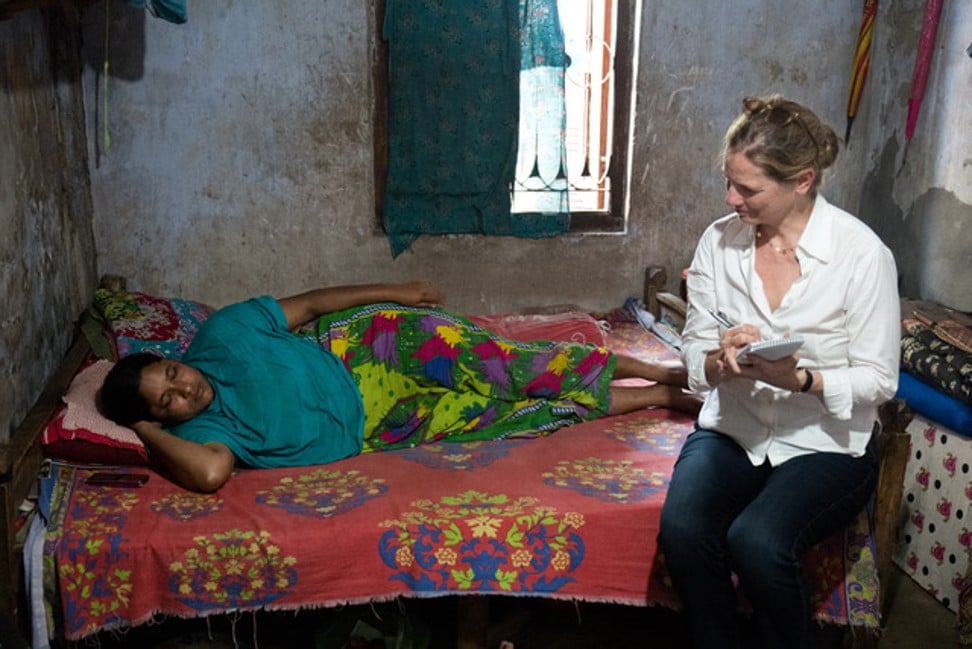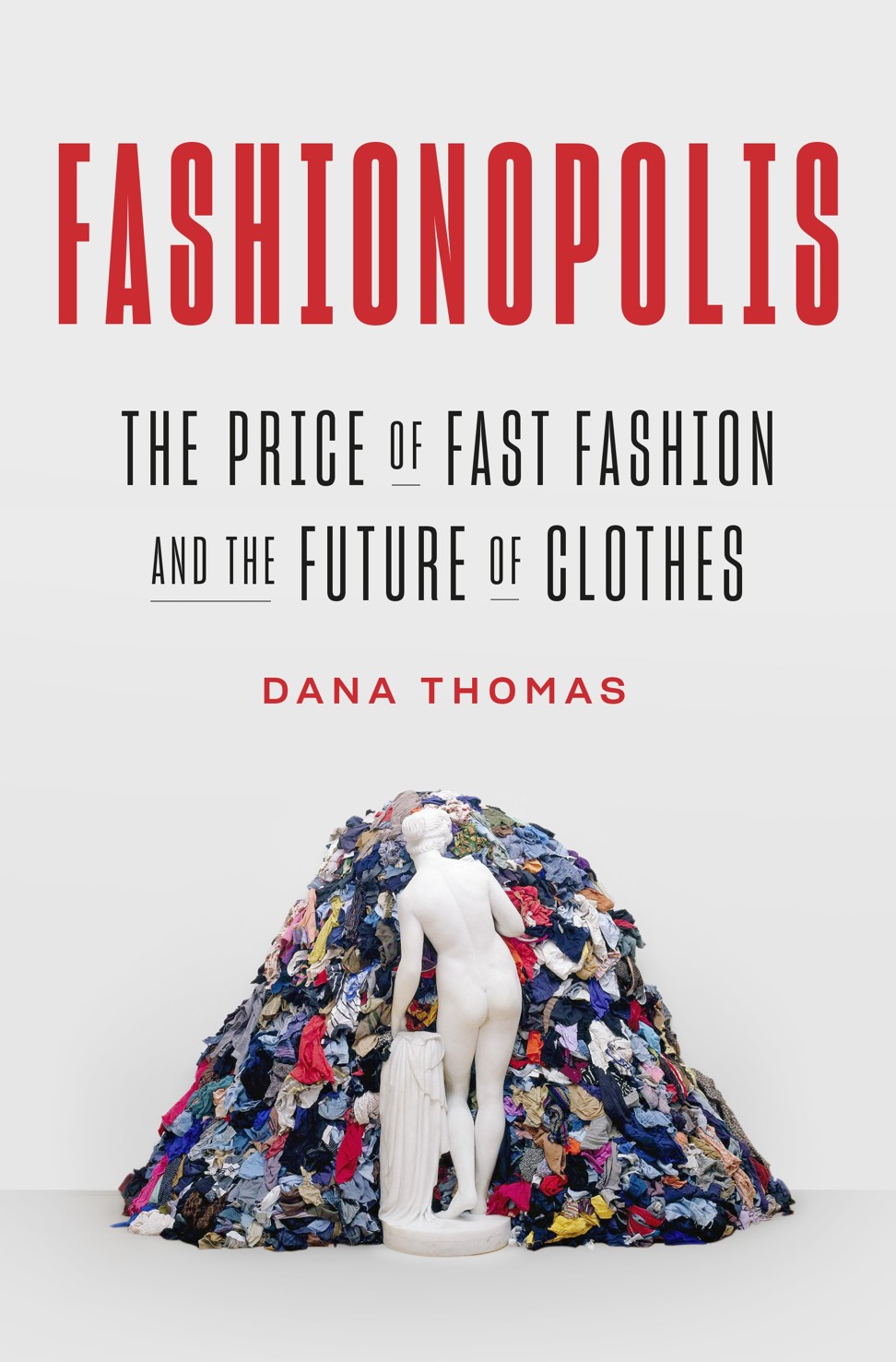
The price of fast fashion and the sustainability champions fighting back detailed in new book
- Dana Thomas wrote Fashionopolis: The Price of Fast Fashion and the Future of Clothes to highlight the greed driving the fashion industry today
- But she also features entrepreneurs like Stella McCartney who are trying to help turn things around
Sustainability is a hot topic in the fashion industry. In recent months, luxury conglomerates, manufacturers, brands and designers have all made pledges to reduce their carbon footprint.
These, however, are not enough for Paris-based journalist and writer Dana Thomas, whose just-released book, Fashionopolis: The Price of Fast Fashion and the Future of Clothes, tackles the issue.
“A big part of why I wanted to do this book is to change the consumer mindset. People don’t realise that they’re depriving a large block of the world of basic necessities by buying cheap clothes and throwing them away.”

Thomas first made waves with the bestseller Deluxe: How Luxury Lost its Luster, which exposed the darker side of the luxury goods business. This was followed by the harrowing story of two tortured designers in Gods and Kings: The Rise and Fall of Alexander McQueen and John Galliano.
Fashionopolis, according to Thomas, is the final book in a trilogy that details the greed that drives the fashion industry – and its dire consequences.

“The first book is about sacrificing integrity for the sake of profits; the second is about sacrificing the creative for the sake of profits; and the third is about sacrificing humanity and the planet for profits,” she says.
“It’s easy to explain this to people through the topic of clothes because everyone wears them. The difference is that people don’t know or question how our clothes are made. We’ve lost any sort of engagement with what we consume and use.”
The book is divided into three parts – Thomas references Dickens’ A Christmas Carol in terms of structure – with a focus on the past, present and future. The first few chapters detail the industrialisation of fashion against the backdrop of globalisation and the throwaway culture that it created.
I didn’t go to China on this trip … I thought I need to focus on new places. Bangladesh is the second biggest clothing producer after China
She references Richard Arkwright’s first factory in England in the late 1700s and Reagan’s North American Free Trade Agreement, which drove many brands to source their manufacturing offshore. She also casts her eye on the cheap labour and inhumane sweatshops that still thrive in areas such as downtown Los Angeles and Bangladesh, a country which came under fire after the Rana Plaza collapse in 2013.
“Clothes have never been cheaper than they are today. I read somewhere that Inditex [Zara’s parent company] owner Amancio Ortega’s net worth is US$68 billion yet a man in Bangladesh making clothes only brings home US$68 dollars a month. Only 2 per cent of workers in the garment industry are on a living wage. It’s shocking,” she says.
But there is much about the novel that is positive too. (Thomas herself refers to it as “the book of hope”.)
The latter chapters detail the entrepreneurs and change-makers pioneering new technologies and methods that can help turn around the industry. Among them is Natalie Manin, a pioneer of slow fashion, with whom Thomas visits the organic cotton fields of Alabama in the US.


There is one glaring omission, however, which is China’s role in the sustainability conundrum. According to a report from 2017, 53 per cent of the world’s textile production waste comes from China – yet there is little mention of the country in the book.
“I didn’t go to China on this trip. I had written so much about it in Deluxe, I thought I need to focus on new places. Bangladesh is the second biggest clothing producer after China,” says Thomas.

“Another country we spotlight is England, which to me is leading the way with sustainability initiatives in fashion and manufacturing. It makes sense – it was the home of industrialisation. They’ve gone through the whole cycle and now it’s time to fix the problems that came with it.”
Thomas details her thoughts on circular economies and businesses such as rental clothing and resale companies like The RealReal. She also lists practical things consumers can do to change or lower their impact on the environment.
“When you buy 10 pieces for US$10 instead of one piece for US$100, always remember that someone is getting ripped off along the way,” she says. “Demand more from the brands you buy, and invest in clothes that you value and love because you will wear them again and again. If everyone can just do that, we will see a difference.”

